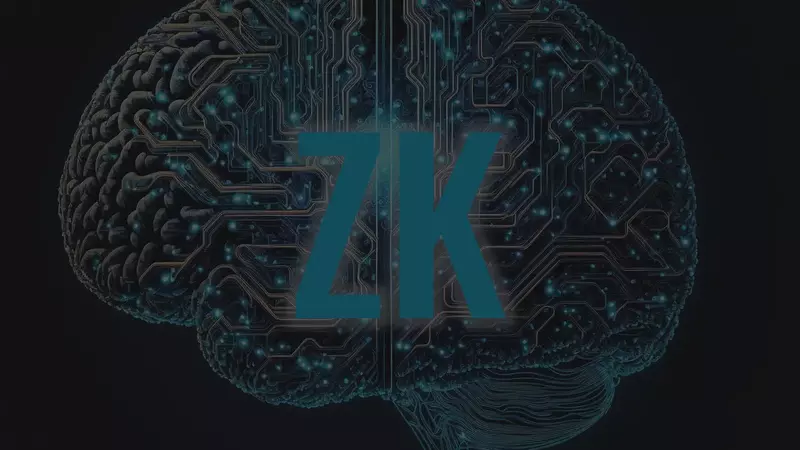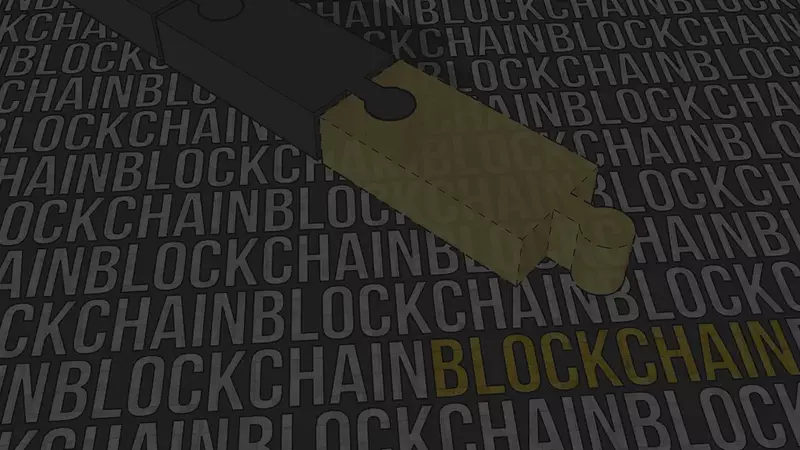The tokenization of real-world assets (RWAs) is revolutionizing global finance, enabling investors and businesses to digitize and trade everything from gold and real estate to stocks and commodities. However, the widespread adoption of asset tokenization faces a major challenge: compliance.
Traditional financial systems are heavily regulated to prevent fraud, ensure transparency, and protect investors. Blockchain-based assets must meet these same compliance standards while maintaining the core benefits of decentralization, privacy, and security.
Enter Zero-Knowledge Proofs (ZKPs)—a groundbreaking cryptographic technique that allows users to prove the validity of a statement without revealing any underlying data. When combined with secure asset tokenization, ZKPs provide a powerful compliance framework that enables financial institutions, businesses, and regulators to verify transactions without exposing sensitive information.
In this article, we’ll explore:
✅ Why compliance is crucial in asset tokenization
✅ How Zero-Knowledge Proofs work
✅ The role of ZKPs in secure, compliant blockchain ecosystems
✅ Why ZK-powered tokenization is the future of digital assets
The Compliance Challenge in Asset Tokenization
Tokenization allows traditional assets to be digitized and traded on the blockchain, increasing liquidity, accessibility, and efficiency. However, without proper compliance measures, tokenized assets can become a target for fraud, money laundering, and regulatory scrutiny.
Key Compliance Issues in Tokenization
-
Know Your Customer (KYC) & Anti-Money Laundering (AML)
-
Governments require financial institutions to verify customer identities and prevent illicit transactions.
-
Traditional KYC/AML processes involve extensive data collection, which can create privacy and security risks.
-
-
On-Chain Transparency vs. Privacy
-
Blockchains are public by design, allowing anyone to view transactions.
-
While this transparency increases security, it can expose sensitive financial data—a major concern for investors and institutions.
-
-
Regulatory Reporting Requirements
-
Many jurisdictions require asset issuers to provide detailed transaction records to regulators.
-
The challenge is ensuring compliance while preserving decentralization.
-
How can we ensure regulatory compliance without sacrificing security and privacy? The answer lies in Zero-Knowledge Proofs (ZKPs).
What Are Zero-Knowledge Proofs (ZKPs)?
Zero-Knowledge Proofs are a cryptographic method that allows one party (the prover) to prove to another party (the verifier) that a statement is true, without revealing any additional information.
This means a blockchain user can verify their identity, complete a transaction, or comply with regulations without exposing private data.
How Do ZKPs Work?
Instead of sharing sensitive information, ZKPs create cryptographic proofs that confirm:
✅ The transaction is valid
✅ The asset ownership is legitimate
✅ The user meets KYC/AML requirements
However, the actual data (identity, account balances, transaction details) remains hidden. This ensures maximum privacy while maintaining compliance.
How ZKPs Enhance Secure Asset Tokenization
1. Private & Compliant KYC/AML Verification
With ZKPs, users can prove they have passed KYC/AML verification without revealing their personal information on the blockchain.
✅ Traditional KYC: Requires centralized storage of personal data, which is vulnerable to hacks.
✅ ZK KYC: Verifies compliance without storing or exposing sensitive data.
This reduces the risk of identity theft while allowing financial institutions to meet regulatory requirements.
2. Confidential Transactions with Regulatory Oversight
ZKPs enable confidential transactions, where transaction details remain private but can still be verified by regulators when necessary.
✅ Transaction validity is proven without disclosing amounts or counterparties.
✅ Regulators can access proof of compliance without viewing every transaction.
This creates a balance between privacy, security, and legal transparency.
3. Fraud Prevention & Secure Smart Contracts
ZKPs prevent fraud by ensuring that transactions meet predefined compliance rules before they are executed on the blockchain.
✅ Eliminates double-spending risks
✅ Ensures only verified users can trade tokenized assets
✅ Prevents unauthorized asset transfers
This makes tokenized assets safer for investors, institutions, and regulators.
ZKPs & The Future of Tokenized Asset Compliance
As tokenization grows, ZK-powered blockchains will become the new standard for secure, compliant digital assets.
Regulatory bodies worldwide are already exploring ZK-based compliance models, recognizing their potential to enhance security, protect privacy, and streamline oversight.
✅ Financial institutions can tokenize assets while maintaining full regulatory compliance.
✅ Investors gain privacy while ensuring asset legitimacy.
✅ Businesses can trade tokenized assets without exposing sensitive data.
With the rise of tokenized real-world assets, ZKPs will play a critical role in ensuring compliance without sacrificing decentralization and privacy.
Final Thoughts: The Future is ZK-Tokenized
As blockchain adoption accelerates, Zero-Knowledge Proofs are becoming essential for secure, compliant asset tokenization.
By integrating ZKPs into tokenized asset ecosystems, we can:
✅ Ensure regulatory compliance without exposing sensitive data
✅ Enable secure and private financial transactions
✅ Protect investors and businesses from fraud and security risks
The next wave of blockchain innovation will be driven by ZK-powered tokenization, creating a safer, more efficient, and fully compliant financial system.
The future of asset tokenization is private, secure, and compliant—powered by Zero-Knowledge Proofs.


